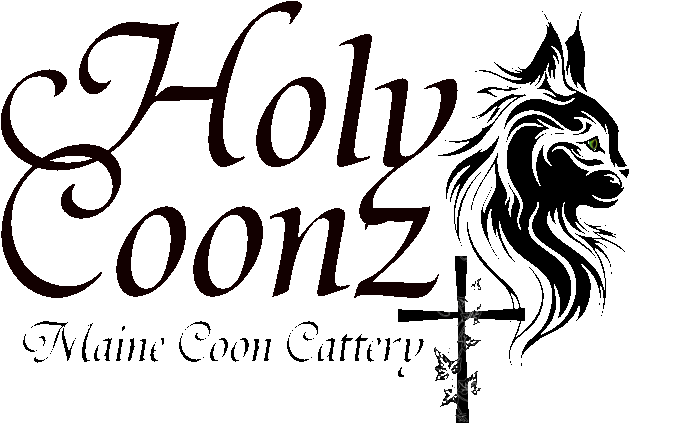The Maine Coon cat, renowned for its impressive size and friendly demeanor, holds a place of distinction as one of North America’s oldest natural feline breeds. Its origins, however, are shrouded in a tapestry of myths, legends, and scientific theories that have evolved over time.
One prevalent legend suggests that the breed emerged from the unlikely union of domestic cats and raccoons, inspired by the Maine Coon’s bushy tail and tabby markings. This theory, though biologically implausible, has contributed to the breed’s enigmatic allure. Another tale posits that Maine Coons descended from long-haired cats owned by Marie Antoinette. According to this story, the French queen attempted to escape to America, sending her cherished pets ahead to Wiscasset, Maine, where they interbred with local felines. While captivating, this narrative lacks historical evidence.
A more scientifically grounded theory traces the Maine Coon’s ancestry to seafaring cats brought by European sailors. These ship cats, valued for their hunting prowess in controlling rodent populations aboard vessels, may have disembarked in Northeastern American ports, particularly in Maine. Over time, they adapted to the region’s harsh climate, developing the thick, water-repellent coats and tufted ears characteristic of the breed today. Some researchers suggest a genetic link between Maine Coons and Norwegian Forest Cats, introduced to North America by Viking explorers, though concrete evidence remains elusive.
Despite the absence of definitive historical records pinpointing the exact origins of the Maine Coon, it is widely accepted that the breed developed naturally in the Northeastern United States during the 19th century. Their evolution was likely influenced by a combination of natural selection and human intervention, leading to the development of the distinctive traits that define the breed today.
Historical Significance and Folklore
The Maine Coon’s history is rich with folklore and cultural significance, particularly in the state of Maine, where it holds the honor of being the official state cat. The breed’s early reputation as an exceptional mouser made it a valuable asset to farmers and seafarers alike, who relied on these cats to protect grain stores and ship provisions from rodents.
In the late 19th century, Maine Coons gained prominence in the burgeoning world of cat shows. One notable feline, a brown tabby female named Cosey, won Best in Show at the first North American cat show held in Madison Square Garden in 1895. This victory brought national attention to the breed and solidified its status as a beloved American cat.
Folklore surrounding the Maine Coon is abundant, with tales often highlighting the breed’s mysterious origins and remarkable characteristics. Some stories suggest that the cats’ tufted ears and bushy tails are the result of interbreeding with bobcats, while others attribute their large size and rugged appearance to the harsh New England climate. These legends, though not scientifically substantiated, contribute to the mystique and charm that surround the breed.
The Maine Coon’s cultural significance extends beyond folklore. In literature and media, the breed is often depicted as a symbol of the American frontier spirit—independent, resilient, and resourceful. Its association with the rugged landscapes of Maine and its historical role in early American society have cemented the Maine Coon’s status as an iconic and enduring figure in the nation’s cultural tapestry.
Evolution of the Breed Over Time
The Maine Coon has undergone significant evolution since its early days in the 19th century. Initially prized for its hunting abilities and adaptability to the harsh New England climate, the breed’s distinctive physical and behavioral traits were honed through natural selection. Their large size, tufted ears, bushy tails, and dense, water-repellent fur are all adaptations that enabled them to thrive in cold, snowy environments.
As the popularity of cat shows surged in the late 1800s, Maine Coons were among the first breeds to be exhibited, showcasing their unique characteristics to a broader audience. However, the early 20th century saw a decline in their popularity, overshadowed by the introduction of exotic long-haired breeds like the Persian. This led to a period where Maine Coons were less visible in the public eye, though they remained cherished pets in their native regions.
The mid-20th century marked a resurgence for the breed. Dedicated breeders and enthusiasts worked diligently to preserve and promote the Maine Coon, leading to its recognition by major cat fancier associations. In 1985, the breed was designated as the official state cat of Maine, reflecting its deep-rooted connection to the region.
In recent decades, the Maine Coon has experienced a surge in popularity, becoming one of the most sought-after cat breeds worldwide. Selective breeding has further refined their physical traits, emphasizing their size, coat patterns, and friendly disposition. Despite these developments, Maine Coons have retained the robust health and hardy nature that characterized their ancestors.
Today, Maine Coons are celebrated not only for their striking appearance but also for their affectionate and playful personalities. They have seamlessly transitioned from working cats on farms and ships to beloved family companions, embodying a blend of wild beauty and domestic charm that continues to captivate cat enthusiasts around the globe.
In summary, the Maine Coon’s journey from mysterious origins to modern-day popularity is a testament to the breed’s adaptability, resilience, and enduring appeal. Its rich history, interwoven with myth and reality, reflects a legacy that has been shaped by both natural evolution and human admiration.
References:
- The Origin & Evolution of the Maine Coon Cat
- Maine Coon Cat: A Detailed History
- The History Of The Maine Coon Cat

